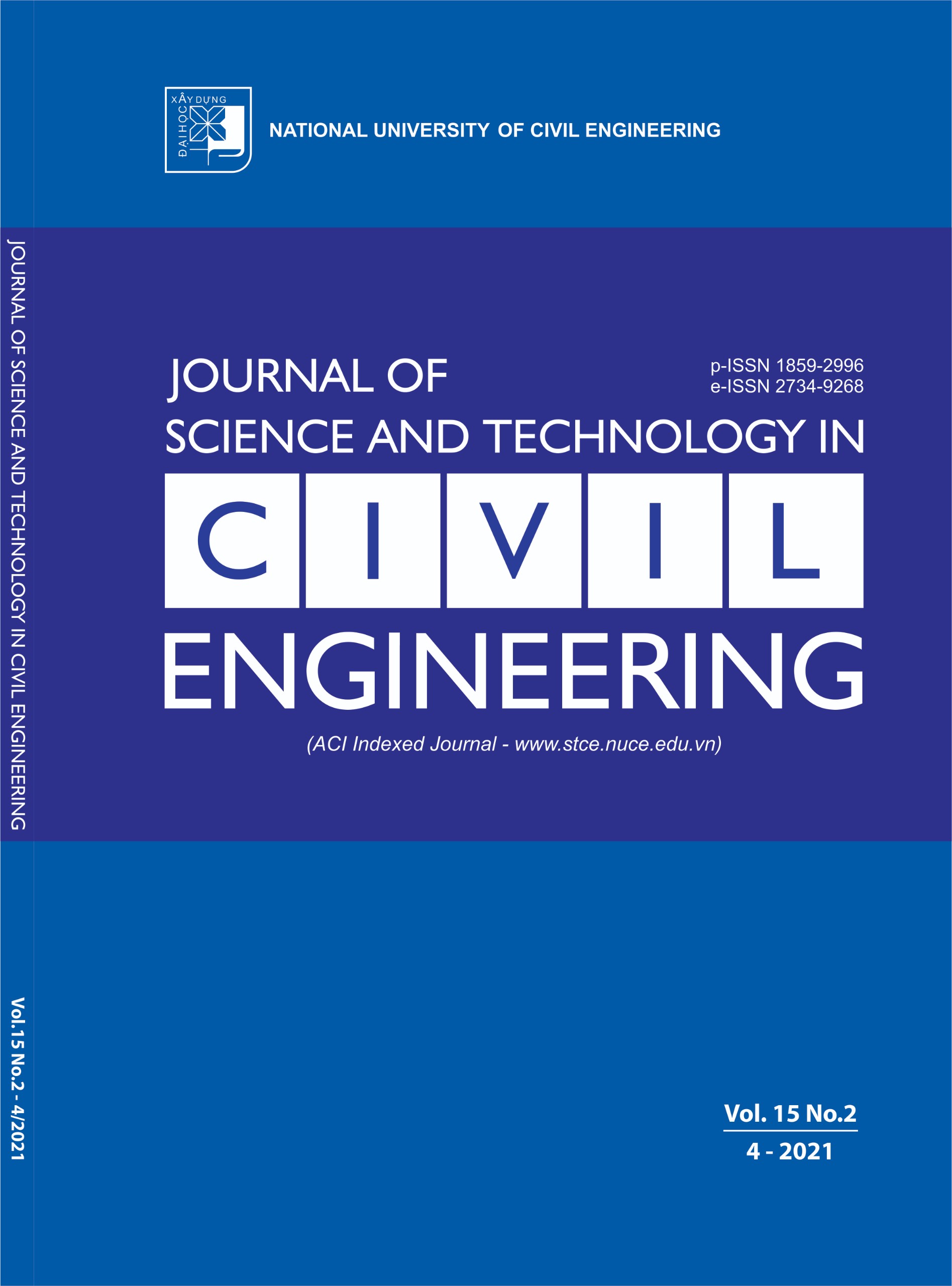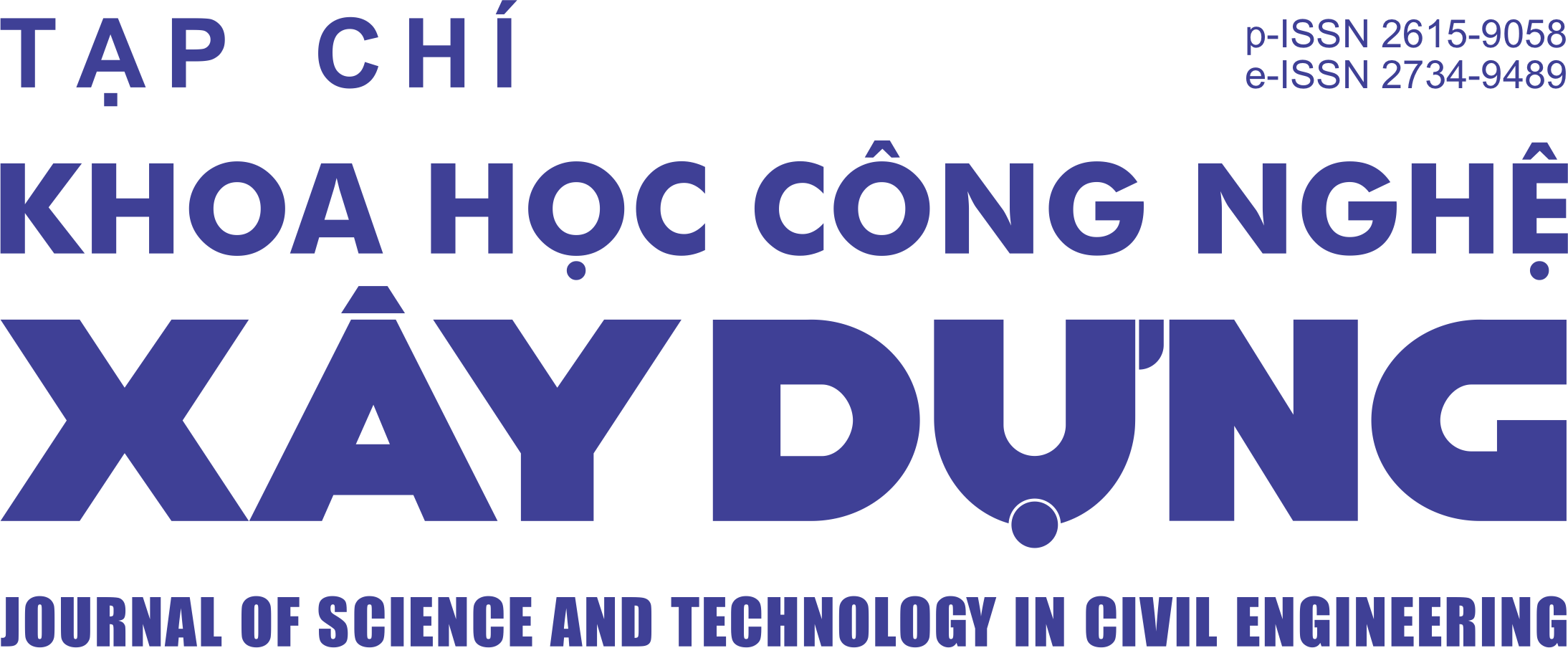Static bending and free vibration analysis of functionally graded porous plates laid on elastic foundation using the meshless method
Abstract
This paper presents a numerical approach for static bending and free vibration analysis of the functionally graded porous plates (FGPP) resting on the elastic foundation using the refined quasi-3D sinusoidal shear deformation theory (RQSSDT) combined with the Moving Kriging–interpolation meshfree method. The plate theory considers both shear deformation and thickness-stretching effects by the sinusoidal distribution of the in-plane displacements, satisfies the stress-free boundary conditions on the top and bottom surfaces of the plate without shear correction coefficient. The advantage of the plate theory is that the displacement field of plate is approximated by only four variables leading to reduce computational efforts. Comparison studies are performed for the square FGPP with simply supported all edges to verify the accuracy of the present approach. The effect of the aspect ratio, volume fraction exponent, and elastic foundation parameters on the static deflections and natural frequency of FGPP are also investigated and discussed.
Keywords:
meshless method; Moving Kriging interpolation; refined quasi-3D theory; porous functionally\break graded plate; Pasternak foundation.
Downloads
Copyright (c) 2021 National University of Civil Engineering

This work is licensed under a Creative Commons Attribution-NonCommercial-NoDerivatives 4.0 International License.
1. The Author assigns all copyright in and to the article (the Work) to the Journal of Science and Technology in Civil Engineering (JSTCE) – Hanoi University of Civil Engineering (HUCE), including the right to publish, republish, transmit, sell and distribute the Work in whole or in part in electronic and print editions of the Journal, in all media of expression now known or later developed.
2. By this assignment of copyright to the JSTCE, reproduction, posting, transmission, distribution or other use of the Work in whole or in part in any medium by the Author requires a full citation to the Journal, suitable in form and content as follows: title of article, authors’ names, journal title, volume, issue, year, copyright owner as specified in the Journal, DOI number. Links to the final article published on the website of the Journal are encouraged.
3. The Author and the company/employer agree that any and all copies of the final published version of the Work or any part thereof distributed or posted by them in print or electronic format as permitted herein will include the notice of copyright as stipulated in the Journal and a full citation to the Journal as published on the website.







